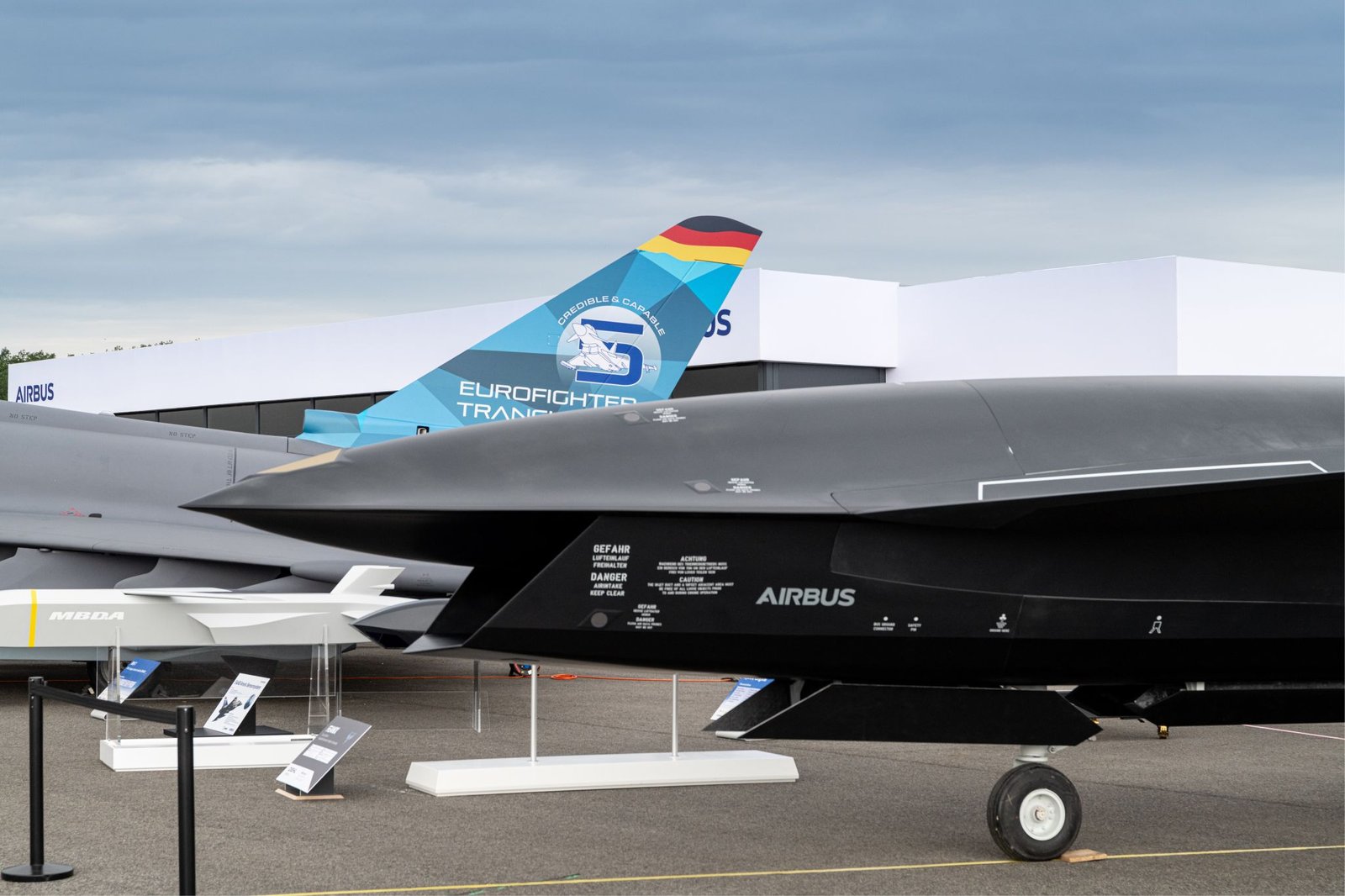
Airbus unveils futuristic drone concept
At the International Aerospace Exhibition (ILA) in Berlin, Airbus introduced its new Wingman concept, a groundbreaking approach in military aviation that could transform future combat scenarios.
Traditionally, a “Wingman” refers to a pilot in an accompanying aircraft who provides support and protection to the lead pilot. In Airbus’s innovative take, the Wingman is an advanced drone designed to operate alongside manned aircraft, taking on high-risk tasks and enhancing mission capabilities without risking human lives.
From June 5 to 9, Airbus is showcasing a full-scale model of the Wingman at ILA Berlin. This model serves as a “show car” of sorts, similar to those used in the automotive industry to exhibit future design possibilities. It highlights a range of capabilities, including low observability, integration of various armaments, advanced sensors, and sophisticated connectivity and teaming solutions. While not all features displayed may be included in the final production models, the concept is intended to drive forward the design and development of each generation of the Wingman.
The Wingman concept aims to complement current manned combat aircraft with unmanned platforms capable of carrying weapons and other mission-critical equipment. “The German Air Force has expressed a clear need for an unmanned aircraft that can operate in conjunction with its manned fighter jets, particularly as we move toward the operational phase of the Future Combat Air System in 2040,” said Michael Schoellhorn, CEO of Airbus Defence and Space. “Our Wingman concept addresses this need, and we are committed to refining this innovation to provide the German Air Force with an affordable and effective solution that will enhance the capabilities of its fighter fleet in the 2030s.”
The Wingman is designed to undertake a variety of roles, from reconnaissance and electronic jamming to engaging targets on the ground or in the air using precision-guided munitions or missiles. Manned aircraft will serve as “command fighters,” retaining control over the mission and making final decisions, while benefiting from the added protection and reduced risk offered by delegating tactical tasks to the unmanned Wingman.
A key advantage of the Wingman is its potential to increase combat mass in a cost-effective manner, allowing air forces to match the numbers of peer or near-peer adversaries. This strategic advantage is critical in modern conflict scenarios where numerical superiority can be decisive.


